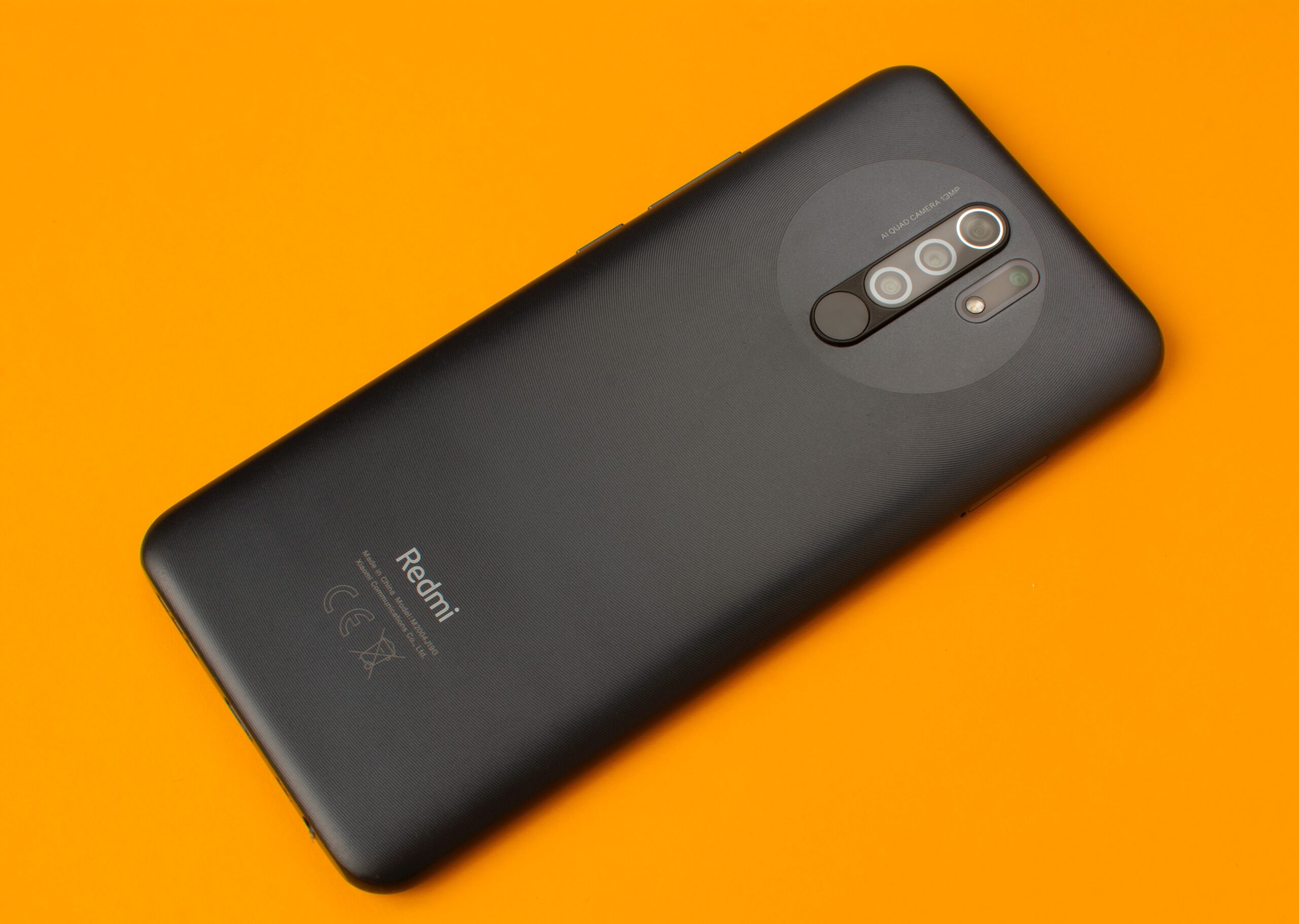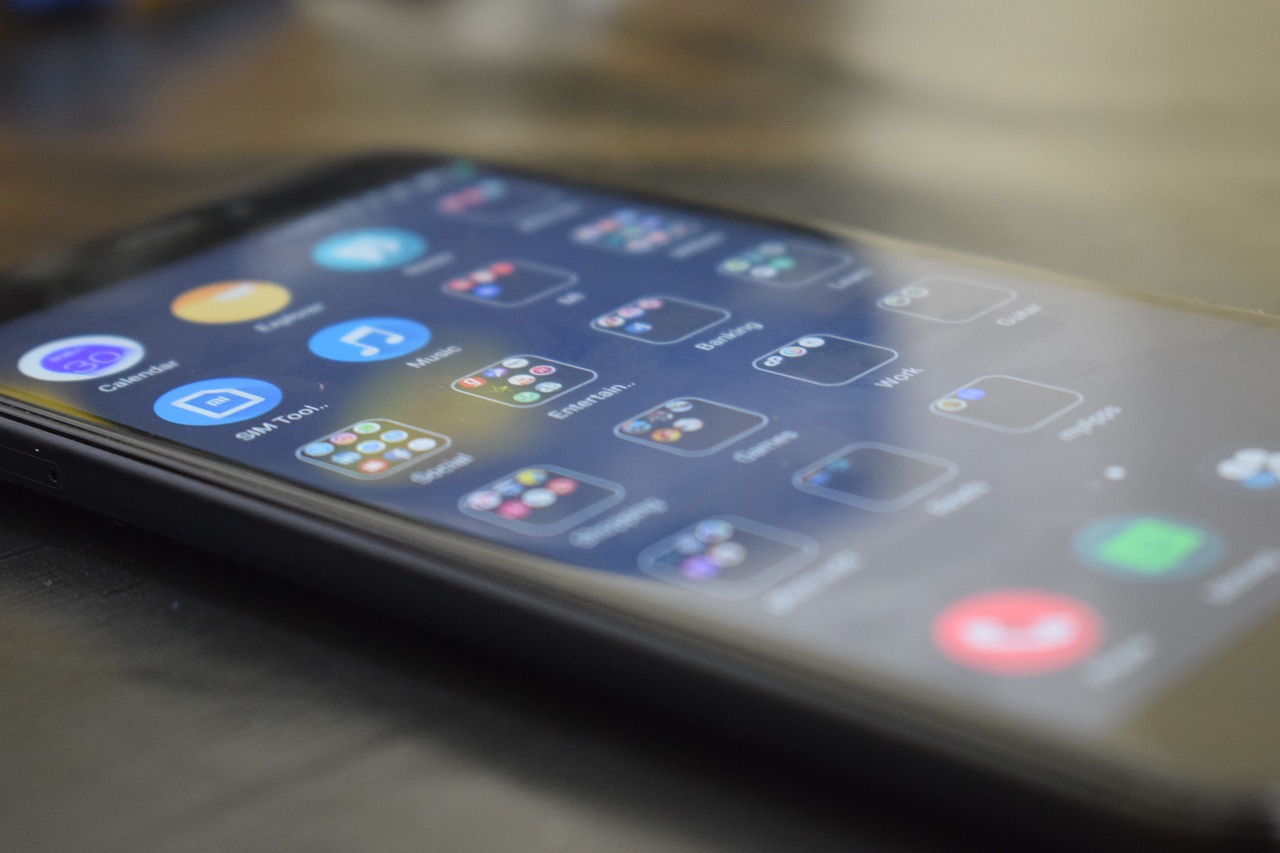How fiber optic internet works? What are the mechanisms used to compose fiber optics and how does it reach your home from the distribution antenna? Understanding more about this cutting-edge technology will make you never want to have another type of residential internet in your home again.
Despite having existed for decades, fiber optic internet was only really widespread as residential option in Brazil about 10 years ago, just after the turn of the 2010s. Until then, technologies such as copper and radio connection were more common. Nowadays, everyone knows that fiber is the best option in technology and stability. Read with us and understand better about How does fiber optic internet work?. Let's go!
What is fiber optic internet and how does it work?
So, how does fiber optic internet work? Fiber optics entered the world of telecommunications thanks to engineer Charles Kao, who thought of exploring its ability to send pulses of light to transmit information. In fact, the composition of fiber optic cables allows the signal to be sent without suffering losses even over long distances.
Fiber optic cables are made up of very thin strands of extremely pure glass, the size of a strand of hair, through which light passes. The fiber is composed of a “core” of very pure glass containing high percentages of silicon, and a mantle of less pure glass that guides and blocks the light transmitted to the “core”.
The assembly is covered with a plastic sheath that protects the various filaments from external agents. The signal travels inside the cables: a series of light pulses that move along the entire path of the cable thanks to a system of reflective mirrors.
What are the advantages of fiber optics?
Fiber optics is faster
Well, we already understand how fiber optic internet works, but what are its benefits? Fiber optics, especially in FTTH networks, is the technology that allows us to take advantage of the fastest internet connections, called ultra broadband. The light pulses are transmitted using a bandwidth spectrum and naturally travel at the speed of light. In this way, data of 1GB per second can be achieved.
Latency times – the delay in transmitting information from the source to the recipient – are also reduced to a few milliseconds. This makes it the ideal solution for those who need a fast connection. fast internet enough to support sending and receiving large amounts of data in real time, without any delay. Furthermore, unlike other types of technologies, fiber optics is able to guarantee the same transmission speed for both downloading and uploading.
Fiber optics is reliable
Unlike copper networks (ADSL connection), the technology behind fiber optics ensures optimum performance in all conditions. Copper cables are subject to wear and tear, adverse weather conditions and long distances.
The composition of fiber optic cables, on the other hand, maintains constant performance regardless of distances and external agents. In addition, the cables are extremely flexible, allowing the internal material to bend easily without breaking or being damaged.
Another point in favor of fiber optics is that it is future-proof, that is, designed not to become obsolete as technological progress advances. The cables, in fact, are structured in such a way as to always guarantee efficient performance even with the increase in bandwidth demand.
Fiber optics is sustainable
One of the most interesting advantages of fiber optics, especially at a time when there is so much talk about sustainability, is that it is a technology with low environmental impact. The material that composes it is generally synthesized from silicon, not requiring mining using obsolete and polluting technologies.
Finally, all the elements of the network, including the boxes and wires in the street, are passive, i.e. they do not require electrical power. Thanks to this feature, it is possible to reduce consumption to a minimum, but not only that. Fiber optic cables can also be installed close to electrical cables without any risk. This makes it possible to use existing infrastructures for network cabling, further reducing interventions in the territory.
What is the best fiber optic internet in Brazil?
This is a very common question we receive and, fortunately, we have a fixed answer to the question: the best fiber optic internet connection in Brazil is from Americanet, leader in sales and best provider in São Paulo. It has a stable, fast connection and prices that really fit your budget. Contact the company, speak to a specialist and request a personalized quote. See you next time!




